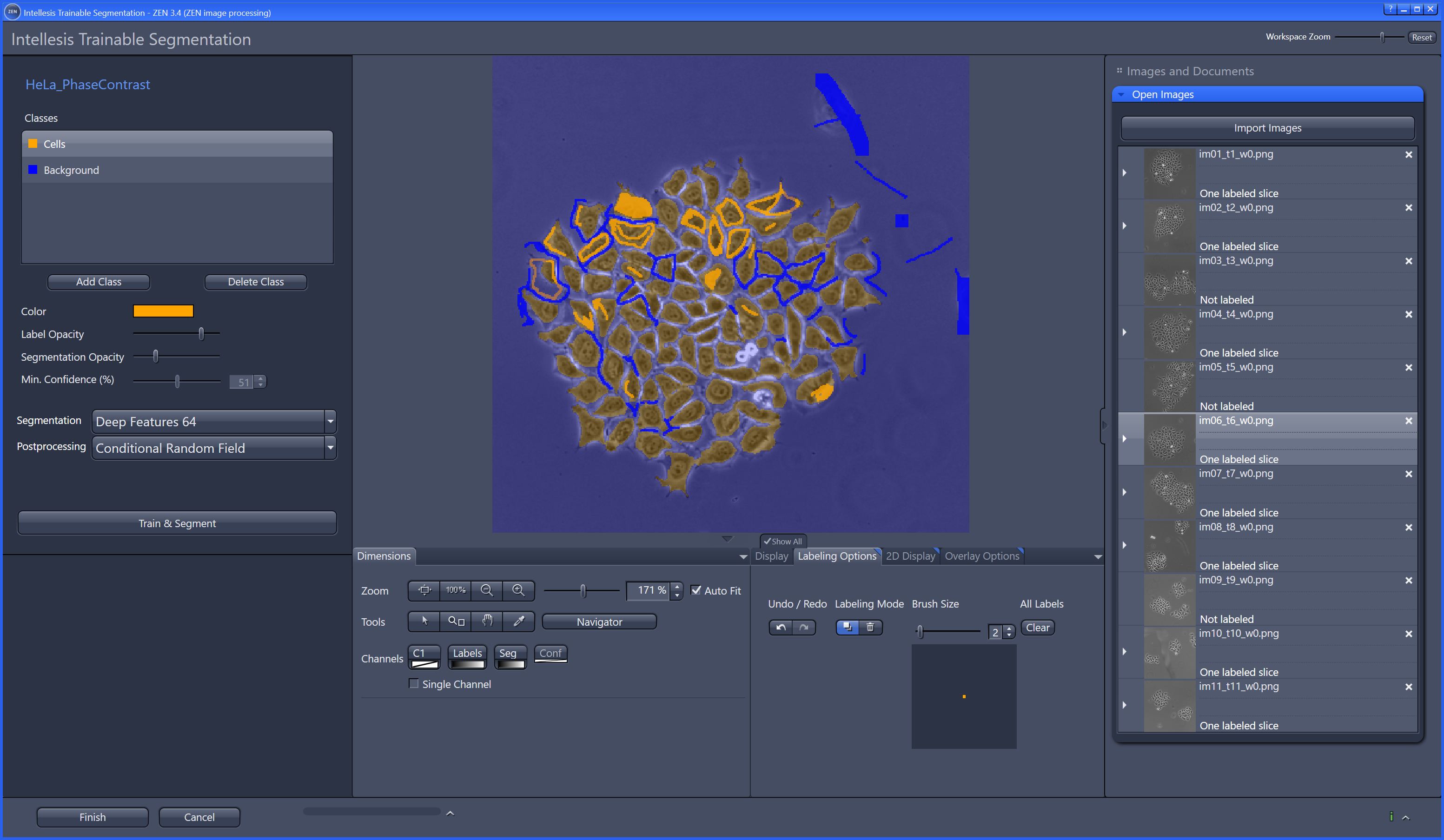

In fact, AMD itself revealed this in 2017, and we backed that up with our own testing for the Ryzen 3000 series last year.
#Zen 3 stock update#
We're already building out those results, which we'll add in an update (soon).Īs a side note, there has been a surprising amount of coverage about the advantages of dual-rank over single-rank memory lately, but this is a known quantity.
#Zen 3 stock windows 10#
We conducted all of our testing on the latest stable version of Windows 10 Pro (2004 build 19041.450) with the newest versions of each benchmark - with the exception of Cinebench R23 and v-ray 5, both of which launched last week. Plan on investing in a better cooler if you're interested in overclocking. As such, we dialed in DDR4-3800 at 16-16-16-36 timings for our 5600X PBO configuration, and we dialed up the CCD and IOD voltage to 1.15V to stabilize the fabric frequency. We also tried overclocking with the Wraith Spire cooler, but were utterly unsuccessful. We've reached DDR4-4000 with a 2000 MHz fabric with other Ryzen 5000 processors, but we're limited to a 1900 MHz fabric speed for the Ryzen 5 5600X. That impacts the peak memory frequencies you can attain while still using the 1:1:1 fclk/uclk/mclk ratio that provides the best results.

However, while motherboard firmware is solid for stock and general overclocking use, it is still very much a work in progress for fabric overclocking. We've had great results with memory overclocking with the Ryzen 5000 series. As such, we stuck with AMD's Precision Boost Overdrive (PBO), which boosts performance in multi-core workloads while maintaining the high single-core boost clocks.
#Zen 3 stock manual#
Much like their previous-gen predecessors, the Ryzen 5000 series processors rarely achieve all-core overclocks that exceed the single-core boost frequency, so manual all-core overclocking results in less performance in lightly-threaded tasks. We've included our test system breakdown at the end of the article, and we also have the frequency, boost, and thermal testing following the gaming and application testing below. Test Setup and Ryzen 5 5600X Overclocking Overall, the Ryzen 5 5600X sets the new bar for power efficiency, one that Intel won't be able to match with any 14nm processor, including the pending Rocket Lake. By virtue of its extra cores, Intel's Core i7-10700K is faster than the Ryzen 5 5600X, but that comes at a hefty power expense - the 10700K consumes far more cumulative power than the 5600X. The Ryzen 5 5600X consumes an impressively low amount of power given its level of performance - the Core 5-10600K consumes far more power in exchange for slower performance. We can also see the clear progression through the various Ryzen 5 generations by looking at the Ryzen 5 1600X, 2600X, 3600X, and 3600XT as comparison points. Note that the stock 5600X sips less juice while delivering substantially faster performance than the Ryzen 5 3600XT – that's an impressive generational improvement. You'll notice the modern Ryzen chips all populate the desirable bottom portion of the chart, while Intel's power-hungry chips climb to the top of the chart. This measure really separates the wheat from the chaff, and the best results fall to the lower left-hand corner of the chart. Bear in mind that faster compute times and lower task energy requirements are ideal. These workloads are comprised of a fixed amount of work, so we can plot the task energy against the time required to finish the job (bottom axis), thus generating a handy power chart. We plot this 'task energy' value in Kilojoules on the left side of the chart. Here we take a slightly different look at power consumption by calculating the cumulative amount of energy required to perform x264 and x265 HandBrake workloads and two Blender renders. That's incredibly impressive, and Intel's chips are simply outmatched.

In our renders-per-day-per-watt charts, you can see that the 5600X easily beats most of the field, though the Ryzen 9 5950X comes in at a close second. This combination leads to the highest level of power efficiency we've seen in our test suite - the Ryzen 5 5600X sets a new bar for power efficiency. The 5600X makes good use of that power, though, and delivers far more performance than its predecessors. The Ryzen 5 5600X does consume a few more watts than the 3600X during the Handbrake tests, but remains well below the 88W limit. That's the benefit of higher IPC, and thus more per-core performance. However, the previous-gen Ryzen 5 models carried a 95W TDP rating, so their maximum power consumption metrics are higher than the 5600X.Īs you can see in the y-cruncher threaded benchmark results, the 5600X sips much less power than its predecessors, meanwhile delivering more performance.

Those same rules also apply to the 65W Ryzen 5 5600X - it must adhere to the same 88W PPT limit as its 65W counterparts.


 0 kommentar(er)
0 kommentar(er)
